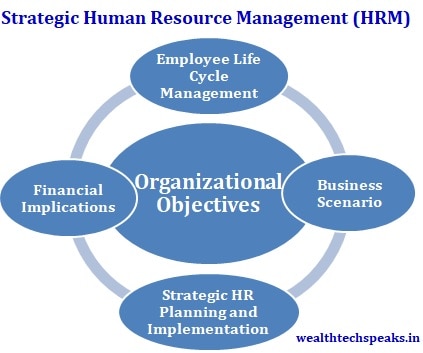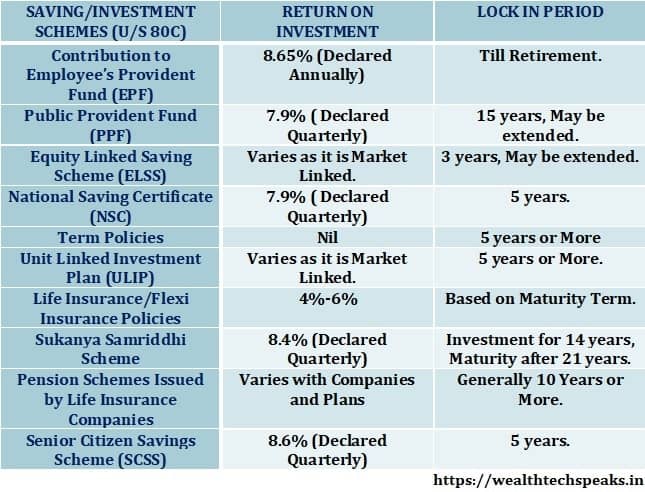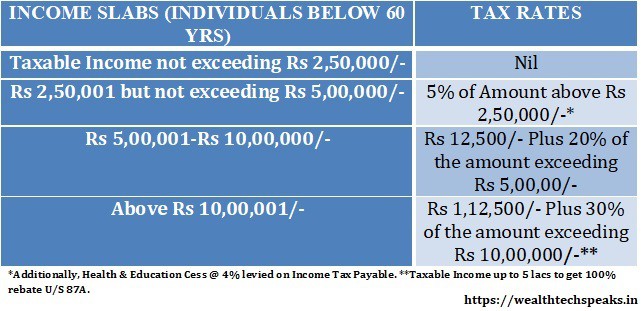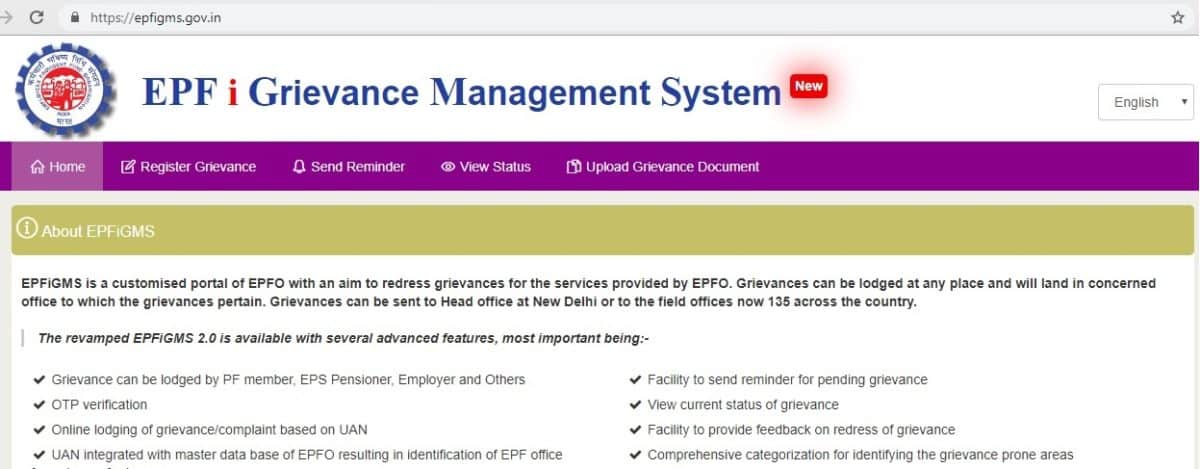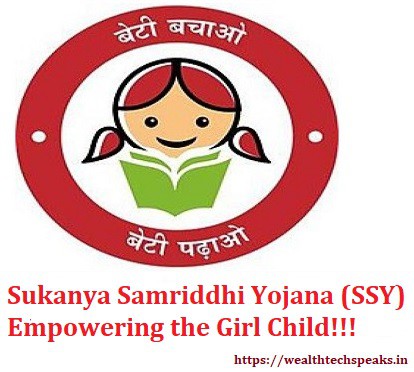Inflation Softens in September as Food Prices Go Down, Industry Output Still Sluggish
- Posted By Amritesh
- On October 16th, 2016
- Comments: 8 responses
WHOLESALE PRICE INDEX (WPI)
Wholesale Price Index (WPI) for the month of September, 2016 eased marginally to 3.57% as compared to 3.74% in the previous month. Softening of prices will provide some breathing space to the policy makers when they discuss the future policy roadmap. The moderation in food inflation has helped in keeping the inflation rates under check. The food inflation fell sharply to 5.75% as compared to 8.23% in the previous month. The softness in the wholesale vegetables and pulses basket is a welcome relief for the economy. In fuel and power segment, inflation rose by 5.58% as compared to 1.62% in the previous month, it is expected to rise further but nothing alarming atleast for now. Wholesale Inflation takes into account the prices paid by the manufacturers on the goods imported and used as inputs. Favourable Monsoon has really come as boon for the Government and Economy as it can now focus on steps to accelerate industrial growth. On month to month basis Primary articles fell to 4.8% as compared to 7.47% in the previous month while Manufactured products rose to 2.48% from 2.42%. The index provides Primary Articles with 20.11% weightage, 64.97% for manufactured products and power & fuel with 14.91%.
Wholesale Price Inflation for the month of July,’16 has been revised to 3.72% from 3.55%. The rise in prices of Manufactured Products shows improvement in bargaining powers of the producers primarily due to the onset of festive season and is expected to continue in the coming months.
CONSUMER PRICE INDEX (CPI)
Consumer Price Index (CPI) fell to a 13 month low in the month of September, ‘16 as it stood at 4.31% as compared to 5.05% in the previous month. As Food Inflation fell to 3.88% from 5.91% recorded in the previous month. Fall in prices of Vegetables is largely responsible for the slide. Consumer Food Inflation has 47% weightage in CPI Index. The downtrend shows that monsoon has been good for crops and resulted in prices being under control.
With Inflation in check, RBI will be encouraged to lower the lending rates immediately. Industrial Output is also pretty choppy as of now.
CPI falling, which is attributed to higher weightage being given to retail inflation, reflects the true impact of inflation on Common People. Going forward, stability in CPI will lead to strengthening of the economy and would call for changes in the monetary policy.
INDEX OF INDUSTRIAL PRODUCTION (IIP)
Index of Industrial Production (IIP) contracted by 0.7% in the month of August,’16 as compared to rise of 2.5% witnessed in July,2016. IIP figures have been fluctuating for quite some time now as it has failed to gain any momentum.
The fall is mainly contributed due to slowness in Manufacturing Sector. As manufacturing sector fell by 0.3%, whereas Mining sector fell by 5.6%, while the Electricity Sector grew by 0.1%. The Capital Goods fell steeply for the tenth month in a row by (-)22.2% while Consumer Durables Sector grew by 2.3%.
The growth of factory output is essential for the economy. Industrial growth is mandatory for creation of jobs, however the turbulent European market and China slowing down is a cause of concern and one needs to be cautious going forward.
As I had mentioned previously, growth in Manufacturing Sector is the only way forward for the economy. Thus the rise in the core sectors along with few others will definitely help the Economy to move forward. Manufacturing Output also constitutes 75% of IIP data.
OUTLOOK
RBI has set a target of achieving CPI below 5% by March,2017 and seems on course to achieve it. The inflationary pressure is expected to ease in the coming months.
RBI wants to ease Consumer Inflation to 4% by 2021 as against 2018 proposed earlier. However, for the time being if retail inflation remains within 4.5%-6%, RBI should be fairly satisfied.
RBI will look to revise Repo rates as the Industry outlook is weak and requires major boost. Rate cut was announced earlier in the month and one may expect another rate cut soon given the fact that the industry output is still sluggish.
The Wholesale inflation in positive may be good, as it indicates raise in demand, which in turn will lead to increase in productivity thereby leading to better wages and more job creation. However, the rise in food prices will negatively impact the consumers.
In the coming months demand is expected to increase due to festivity, improved agriculture yield and wage increments.
Exports are on decline for quite some time now which is impacting India’s inflow. The fall is mainly contributed to poor global demand and softening of crude prices. Global Economic slowdown has not helped India’s cause either.
India’s exports recorded a growth of 4.62% in September which is a positive sign as it is only the second time in 22 months that exports is in the positives. However, the export figures from other developing nations are not very promising either, suggesting stagnation. US Elections and other economic factors are contributing to the softness.
Global Sentiments are pretty reserved at this point of time with China slowing down. The major challenge at this point of time is to ensure economic stability and safeguard the Interests of developed and developing economies of the world.
India is emerging as the most preferred destination for the Investors and promises to bring in more and more investments which augurs well for the economy as well the as the population.
www.amritfinaa.blogspot.com
Subscribe
Login
8 Comments
oldest

